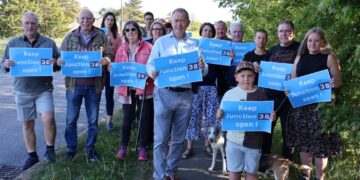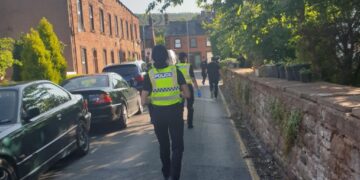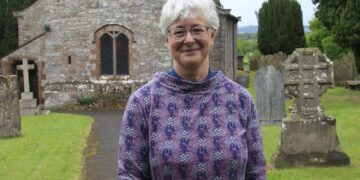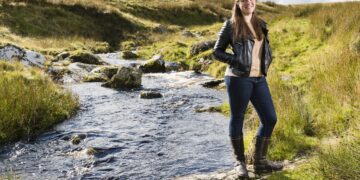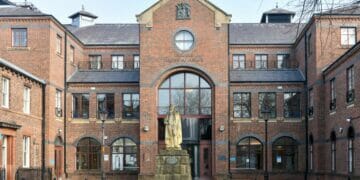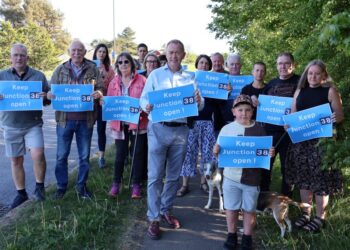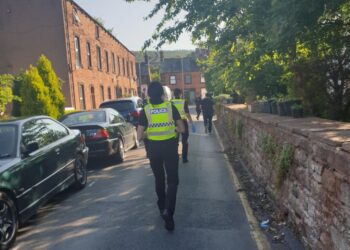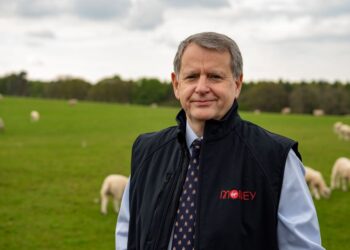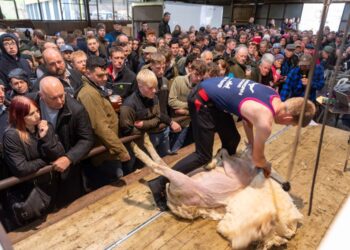
With spring upon us, the Lowther Estate’s vast conservation effort — which incorporates tree planting, introducing new heritage animals, and natural habitat protection — is coming to fruition.
The home farm estate, centred on the famous castle and gardens, stretches over 5,000 acres through the Lowther valley.
Jim Bliss, the assistant estate manager, said: “We are shifting our focus away from intensive agriculture towards regenerative and restorative land management methods.
“It’s been a hard winter working on the land so it’s a nice feeling seeing the new-born calves and piglets, and knowing our systems are working.”
With the tree-planting season coming to an end Jim boasts that around 3,000 parkland trees and 10,000 scrubland trees have been planted.
The aim is to create woodland pasture. These are thinly spread or clustered trees which the animals can graze between.
This creates treetop habitats for birds, bats and insects whilst being able to retain traditional livestock.
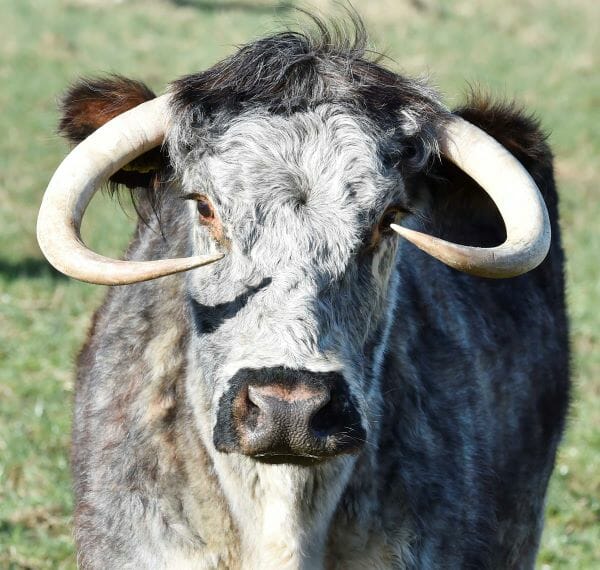
A herd of Tamworth pigs are establishing themselves in this new woodland where they are building nests for their litters of piglets which are beginning to arrive.
These pigs are not being farmed for their meat but are in fact engineering a new ecosystem by exposing more soil for trees and plants to grow.
The registered English Longhorn herd are also producing offspring at this time with much of the 100-strong herd expecting calves.
This northern breed of cow, which was common until the 1800s, became extremely rare during the 1950s and 60s but was rescued by the Rare Breeds Survival Trust in 1980.
They are left to roam free throughout a large area of the estate all year-round and only given supplementary food if their welfare is at risk, for instance over winter when they couldn’t graze due to excessive snowfall.
Jim joked that this management of the cattle has brought out their herd instincts, with a particularly dominant cow, Mandy, taking the matriarchal role.
This year all calves are being given a name starting with W and Lowther is looking for suggestions from the community.
Names already chosen include, Willow, Wendy and Wilma.
To send in a suggestion, email info@lowther.co.uk
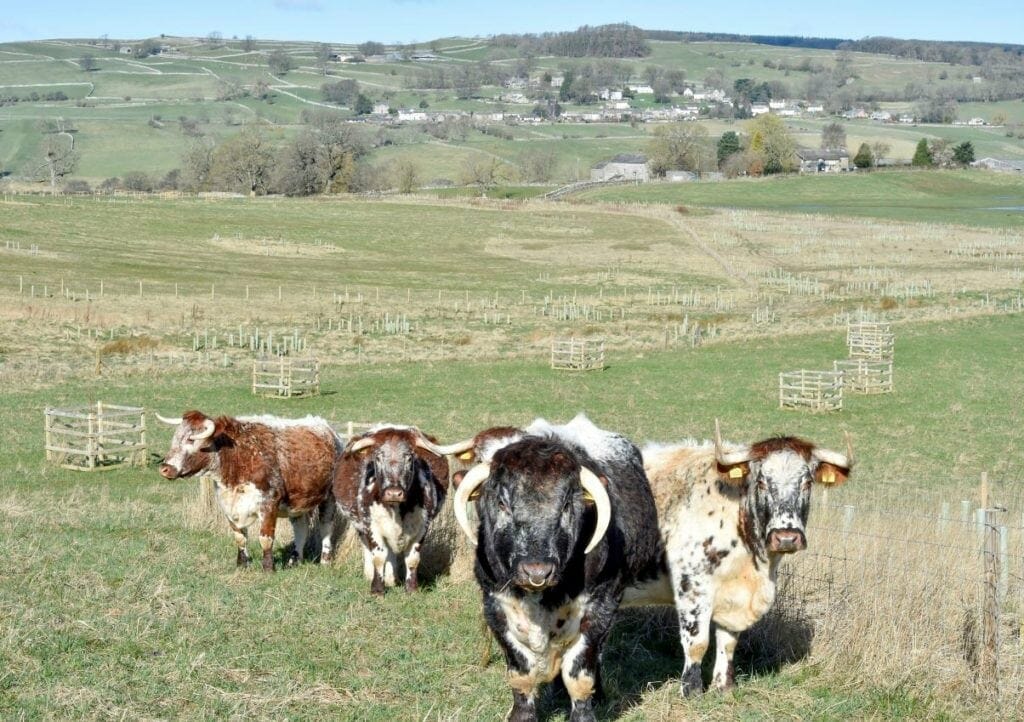
Jim added: “It’s quite a hard letter actually.”
The two beavers in the valley are thriving and have constructed eight dams in their enclosure which, along with works to the River Lowther, has created a wetland habitat that has led to a bumper year for amphibians.
The spawn in turn encourages other creatures such as teal and snipe, creating a cascade of wildlife benefits.
Jim is hopeful that the pair of beavers, named Glenn and Dragonfly, will be in kit and produce offspring in late spring or early summer, although it is too early to tell yet.
The diverse wildflower meadows near Whale are also coming into bloom creating both gorgeous scenery and also pollen for Jim Lowther’s honeybees to feed from.
These flowers are now naturally spreading from hedgerows onto fields where intensive farming used to take place.
Nearly 500 beehives across the estate all produce honey which is sold in places like Cranstons, Tebay Services and The Chopping Block in Penrith.
Looking to the future Jim hopes the continued regenerative farming techniques can bring back water vole, red kites and corncrake to the area; as well as creating a wildlife survey so regular walkers can help monitor the environment.

